Ever think you know everything about cats? Think again. The Siamese cat, with those piercing blue eyes and chatty personality, holds secrets that might surprise even the most dedicated cat lover. These elegant felines have been captivating humans for centuries, yet many of their most fascinating traits remain hidden from the casual observer.
From their ancient royal connections to their mind-blowing genetics, Siamese cats are far more extraordinary than most people realize. Some of their abilities would make you question everything you thought you knew about feline behavior. Ready to discover what makes these magnificent creatures truly special? Let’s dive into the surprising world of Siamese cats.
They Were Born to Be Bodyguards for Ancient Royalty
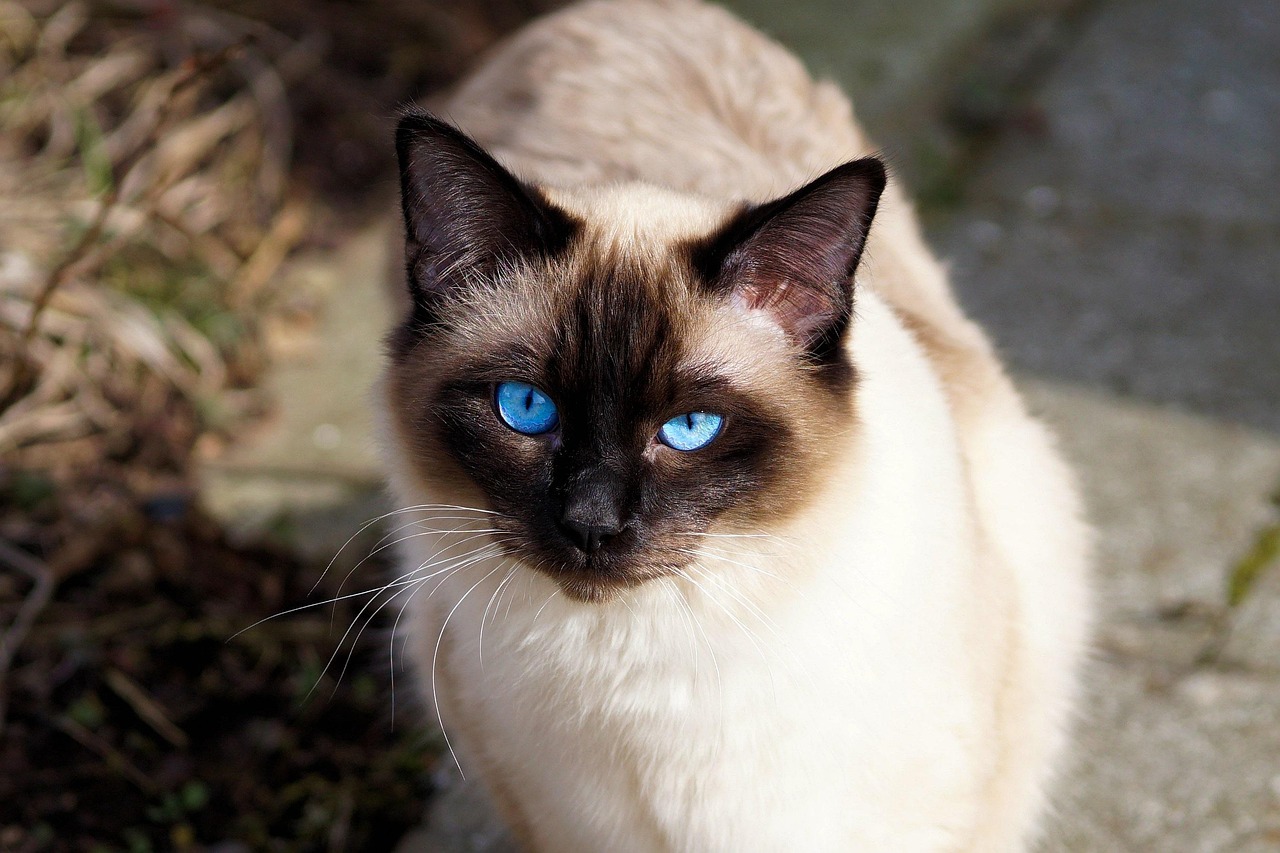
You might think of Siamese cats as elegant lap cats, but these felines once served as elite bodyguards in ancient Siam. According to legend, the cats were not only valued by the king for their exquisite beauty, but also reportedly used as guard cats. If anyone threatened the king, the cats would jump down from the pillars onto the individual.
Between the size of the Siamese, their strength and their ability to jump down from a height, they would knock the person to the floor. If need be, they would scratch at the face of the person who thought he could harm the King of Siam. Think about that next time your Siamese cat springs from a high bookshelf.
It’s also said that the Siamese cats guarded the sacred Buddhist temples. These weren’t just pets – they were sacred protectors with a job to do. According to ancient Thai writings, when a member of the royal family died, their soul went into the body of a Siamese cat. These felines would then live out the remainder of their lives in temples being pampered and cherished by monks.
Their Coat Color Is Controlled by Body Temperature Like a Living Mood Ring

Here’s something that sounds like science fiction: Siamese cats are walking, purring thermometers. Those trademark points stem from a genetic mutation known as the Himalayan gene, which affects color expression. This recessive gene, passed down from both parents, also gives the felines temperature-sensitive fur that can change color.
In Siamese cats, since tyrosinase is sensitive to temperature, its functioning is conditioned and in this case it is more intense in the colder parts of the body, producing more melanin in these areas. The cs allele is therefore responsible for the characteristic Siamese pattern. Think of it like a natural thermostat embedded in their DNA.
The cooler parts of their body – ears, paws, tail, and face – turn darker because the cooler the part of the cat’s body, the darker the fur. Similarly, Siamese cats are cooler at their paws, nose, and tail, making their fur darker there as well. This temperature-sensitive coloration has been studied by researchers over decades.
They’re Born Completely White and Develop Colors Like Photographs
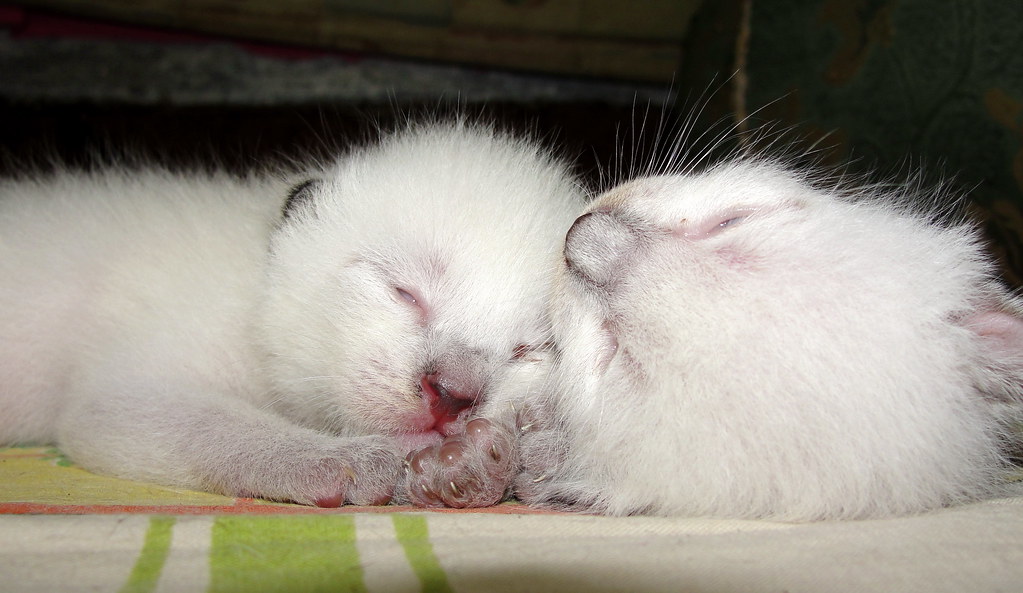
In the womb, Siamese kittens develop at the mother’s body temperature. Once born, all-white kittens eventually begin to cool at their extremities, such as their tail, legs, ears ,and face. It’s like watching a Polaroid photo slowly develop, but in reverse.
When they’re first born they’re cream or white because of the high temperatures in the womb. Did you know Siamese kittens are born all cream or white? At about two weeks old, Arnold says, dark hues begin to spread to their limbs. By about a month old, their final color emerges, which may be one of several varieties, among them blue point, lilac point, chocolate point, and seal point.
Newborns are almost completely white, and it can take up to a year for their full colors to develop, although they will start to show their points as early as three weeks. Imagine if human babies changed color based on room temperature – that’s essentially what Siamese kittens do.
They Have Their Own Language and Earned the Nickname “Meezers”
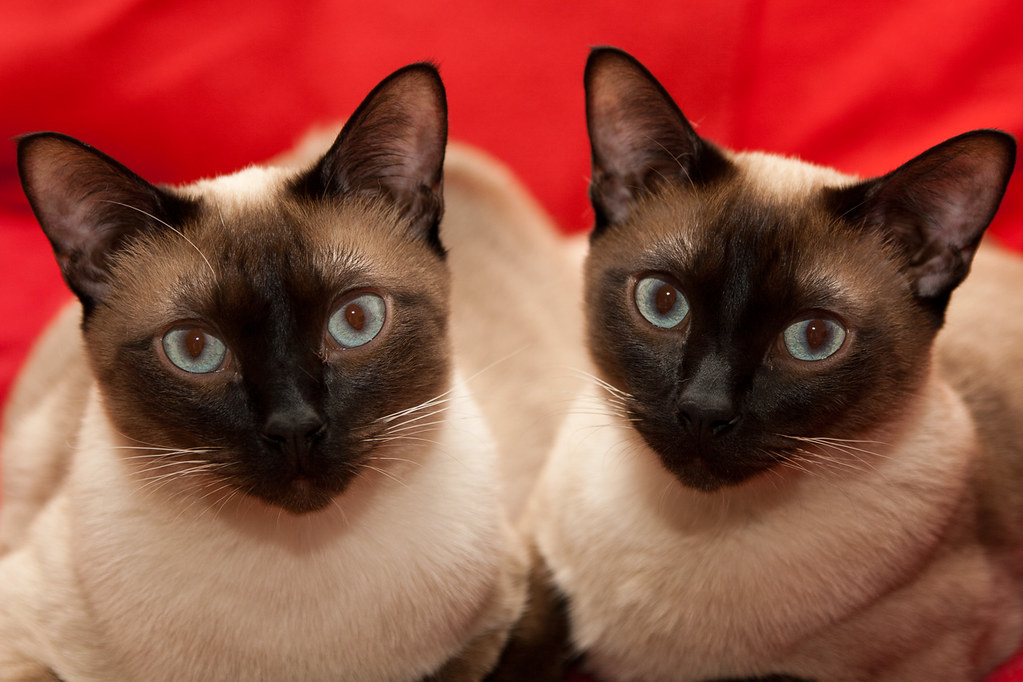
Siamese can be quite the talkers, which is how they earned their nickname “Meezer.” They’re have a wide range of meows or “meese” to express what they want. But this isn’t just random noise – these cats are having actual conversations with you.
That unmistakable yowl, sometimes endearing, sometimes ear-splitting – is a hallmark of the Siamese personality. Their vocalisations range from conversational chirrups to full-blown complaints. Siamese cats use their voices to communicate very deliberately. One owner described how her cat had different meows for food, cuddles, and complaints about closed doors.
It is highly vocal and possesses a range of cries, including a penetrating mating call. This breed is extremely expressive, and their vocal nature is tied to their high intelligence and social needs. When your Siamese “talks” to you, they’re actually trying to tell you something specific.
They Have Dog-Like Abilities That Defy Cat Stereotypes
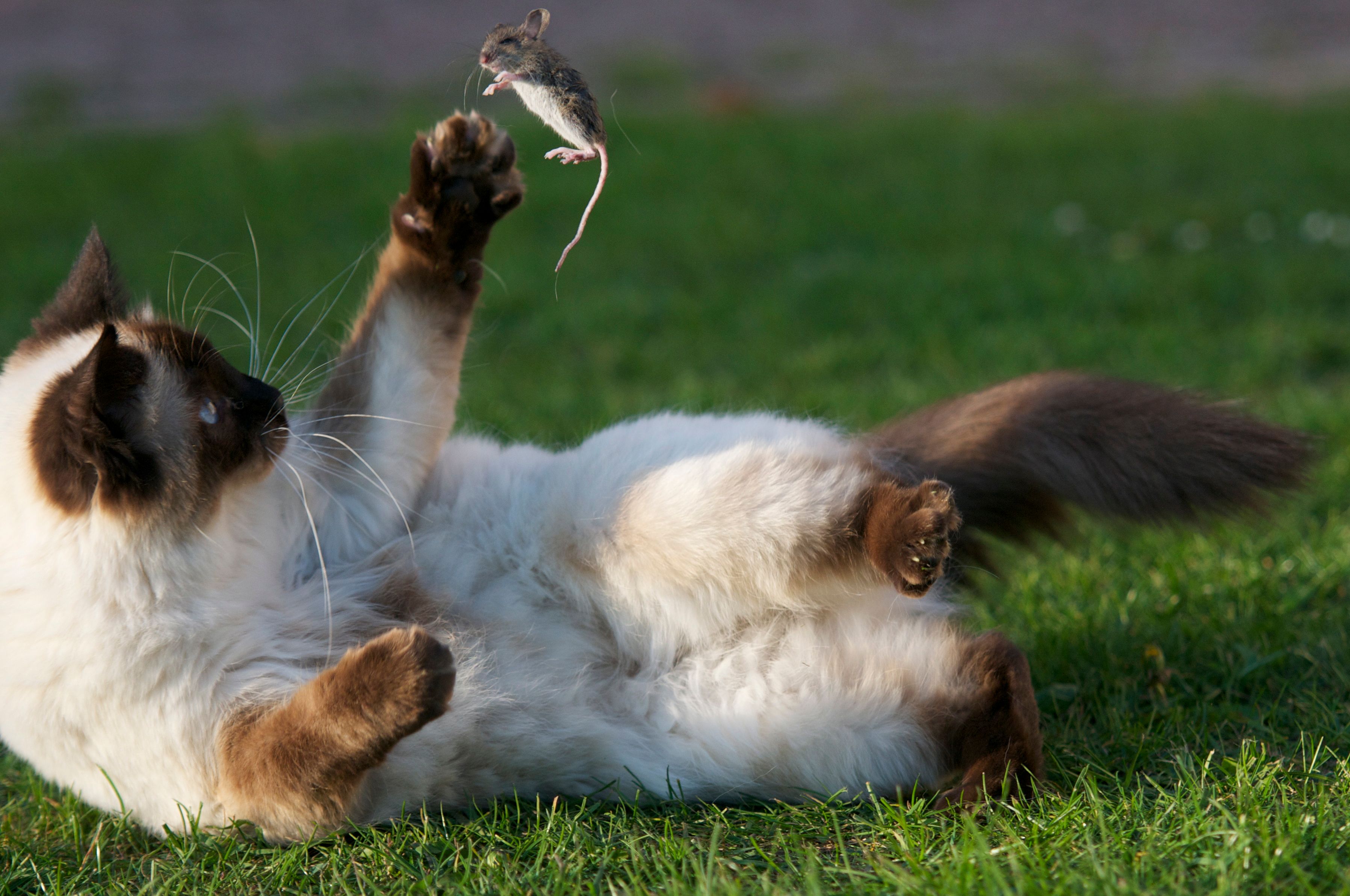
They are often described as being “dog-like” in their behavior, as they enjoy playing fetch, following their owners around, and walking on a leash. Many Siamese cats even enjoy swimming or playing in the water. Yes, you read that correctly – some Siamese cats actually like water.
She can be trained to walk on a lead. Some Siamese enjoy fetching, running agility courses and walking on a leash. Siamese are also known to get along well with dogs and other cats. They’re like the Swiss Army knife of the cat world.
Siamese cats are highly intelligent and trainable, making them excellent candidates for learning tricks. Their affectionate nature and eagerness to interact with humans contribute to their ability to learn commands and perform tasks. Some owners have successfully taught their Siamese cats to open doors, turn on touch lamps, and even drink from straws.
They Can Live Longer Than Most Dogs and Have Record-Breaking Longevity
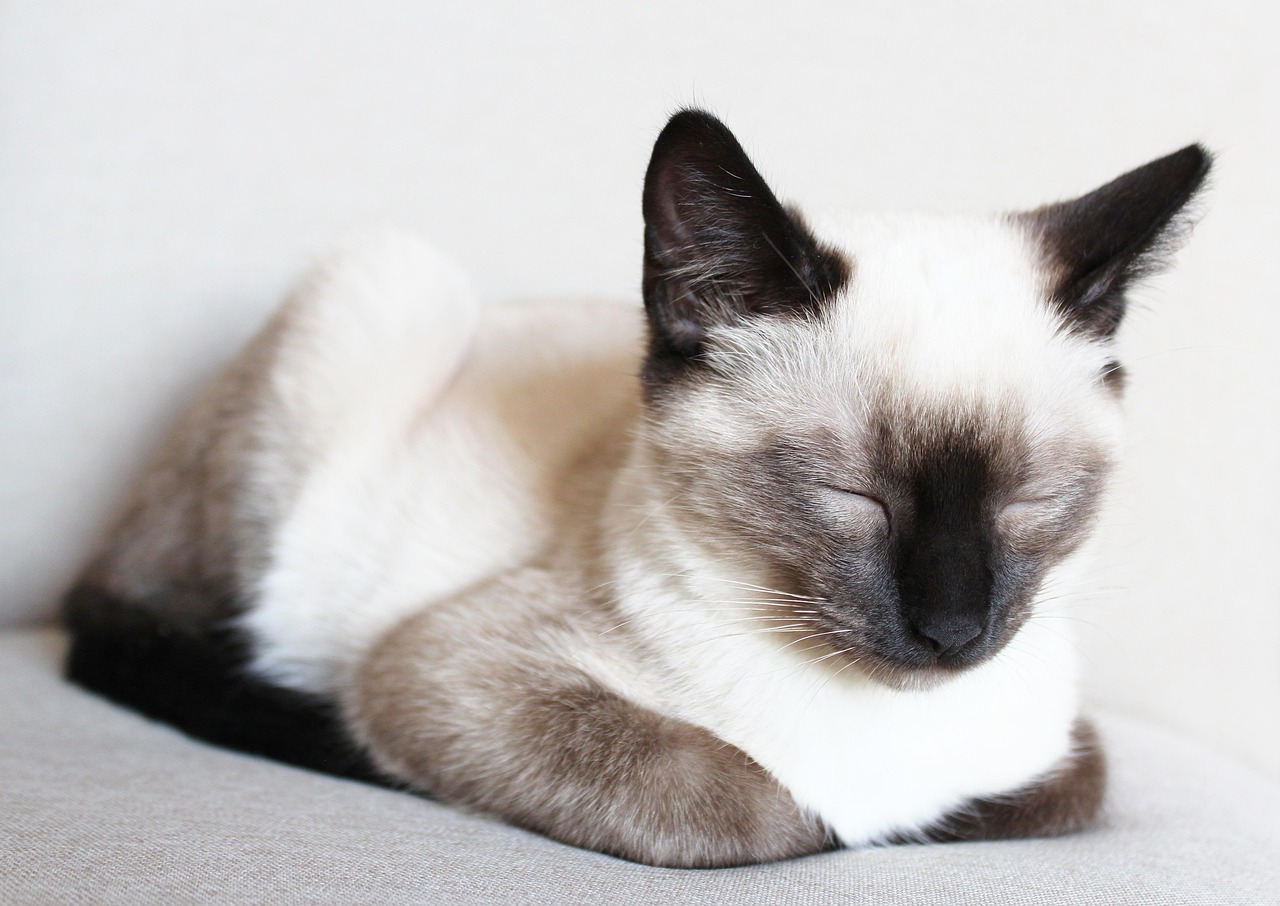
The best fun fact about Siamese cats is that these beauties often live well beyond the average feline lifespan! Most domestic cats live for about 15 years, but many live well into their twenties. And let’s not forget Scooter who held the Guinness World Record for the oldest living cat, reaching 30 years of age.
On average, a Siamese cat can live between 15 to 20 years. This longevity is attributed to their robust genetic makeup and the breed’s overall health, though like all pets, their lifespan can vary depending on factors such as diet, exercise, and regular veterinary care. That’s longer than many dog breeds and certainly impressive for any pet.
Scooter, a male Siamese, held the Guinness World Record for the oldest living cat. He lived with his owner in Texas until he was 30 years old. When you adopt a Siamese kitten, you might be making a commitment that could last three decades. Talk about a lifelong companion!
Conclusion
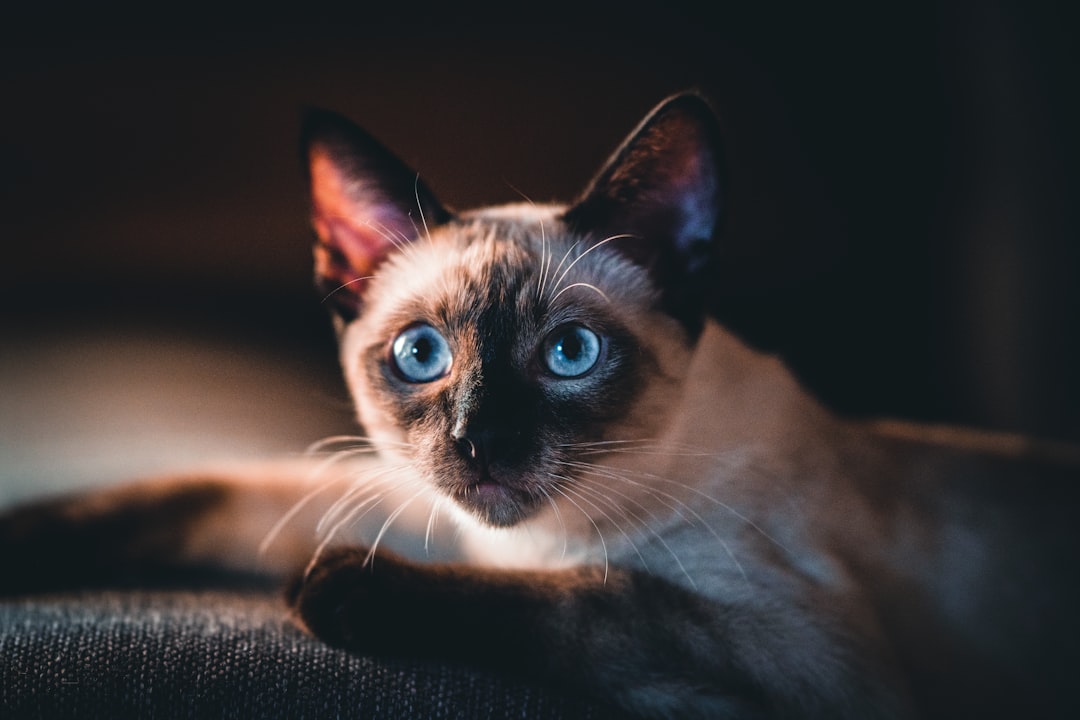
The Siamese cat proves that even the most familiar pets can surprise us. From their royal bodyguard heritage to their temperature-controlled coloring system, these remarkable felines are living proof that nature has an incredible sense of creativity. Their ability to communicate, learn tricks, and form deep bonds with humans makes them truly special companions.
Next time you see a Siamese cat, remember that you’re looking at a descendant of ancient temple guardians with built-in color-changing abilities and the potential to outlive most dogs. Pretty amazing for a creature that spends half its day napping in sunbeams, don’t you think?





